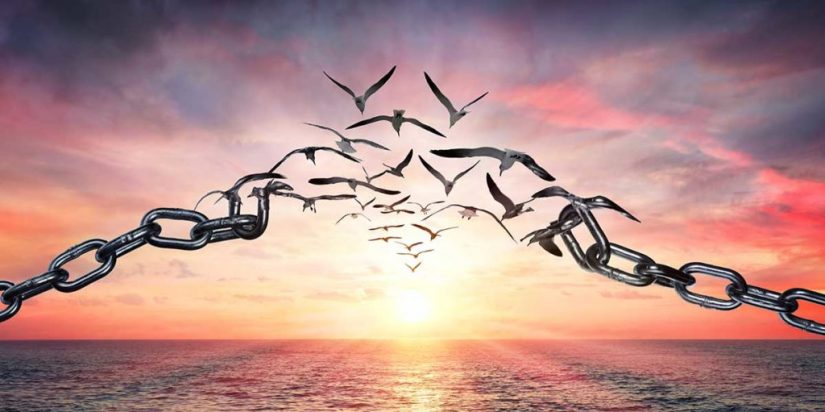´The more you fly from nature, the more she follows you, and if you do not care for her at all, she becomes your servant. ´ Patanjali Sutras 2:27 I am of the opinion that every guideline, practice and ethical rule was carefully selected by Patanjali and placed within the Yoga sutras to help us
Leer más...
